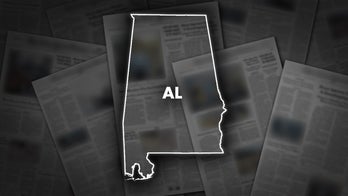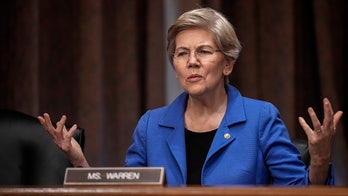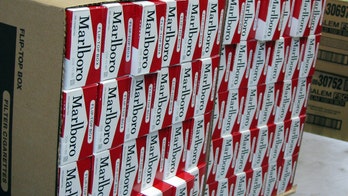Trump calls status quo with North Korea unacceptable
Reaction and analysis from John Bussey, associate editor at the Wall Street Journal
If tensions between the U.S. and North Korea reach the point where America uses its mighty air power against the rogue nation, it won't be much of a battle, experts told Fox News.
In recent weeks, Secretary of State Rex Tillerson has warned that all options "are on the table" should the communist dictatorship continue to threaten its neighbors and the U.S. Vice President Mike Pence echoed that sentiment, saying “North Korea would do well not to test [President Trump's] resolve or the strength of the armed forces of the United States in this region."
If that strength includes U.S. airpower, North Korea’s antiquated Korean People’s Army Air Force (KPAAF) wouldn’t be able to put up much of a fight.
According to a 2015 Pentagon report, “The North Korean Air Force (NKAF), a fleet of more than 1,300 aircraft that are primarily legacy Soviet models, is primarily responsible for defending North Korean air space.
“However," the report continued, "because of the technological inferiority of most of its aircraft fleet and rigid air defense command and control structure, much of North Korea’s air defense is provided by surface-to-air missiles (SAMs) and antiaircraft artillery (AAA).”
Still, the so-called Hermit Kingdom has some impressive defense capabilities, according to Col. David Maxwell, associate director of the Center for Security Studies and the Security Studies Program in the School of Foreign Service at Georgetown University.
“The one important capability that they have that is more important than their aircraft is their integrated air defense system.” Maxwell told Fox News. “These radars, missiles, and gun systems will have to be immediately suppressed and destroyed when hostilities begin. The air defenses are more of a threat than their Air Force.”
The Pentagon report states that North Korea’s military has not acquired new fighter aircraft “in decades” and states that their most capable combat aircraft were procured from the Soviet Union in the late 1980s.
Compounding matters, North Korean pilots are poorly trained. Some reports state they receive less than 20 hours of flight time per year, a small fraction of what a U.S. pilot would receive. A big reason for their lack of flight hours is sanctions on fuel imports into North Korea. Lack of fuel means a lack of flying hours.
Should the U.S. use airpower to attack, North Korea would most-likely attempt to engage them, Maxwell said. But there is a good chance every one of our pilots could “become an ace very quickly after hostilities begin,” Maxwell said.





